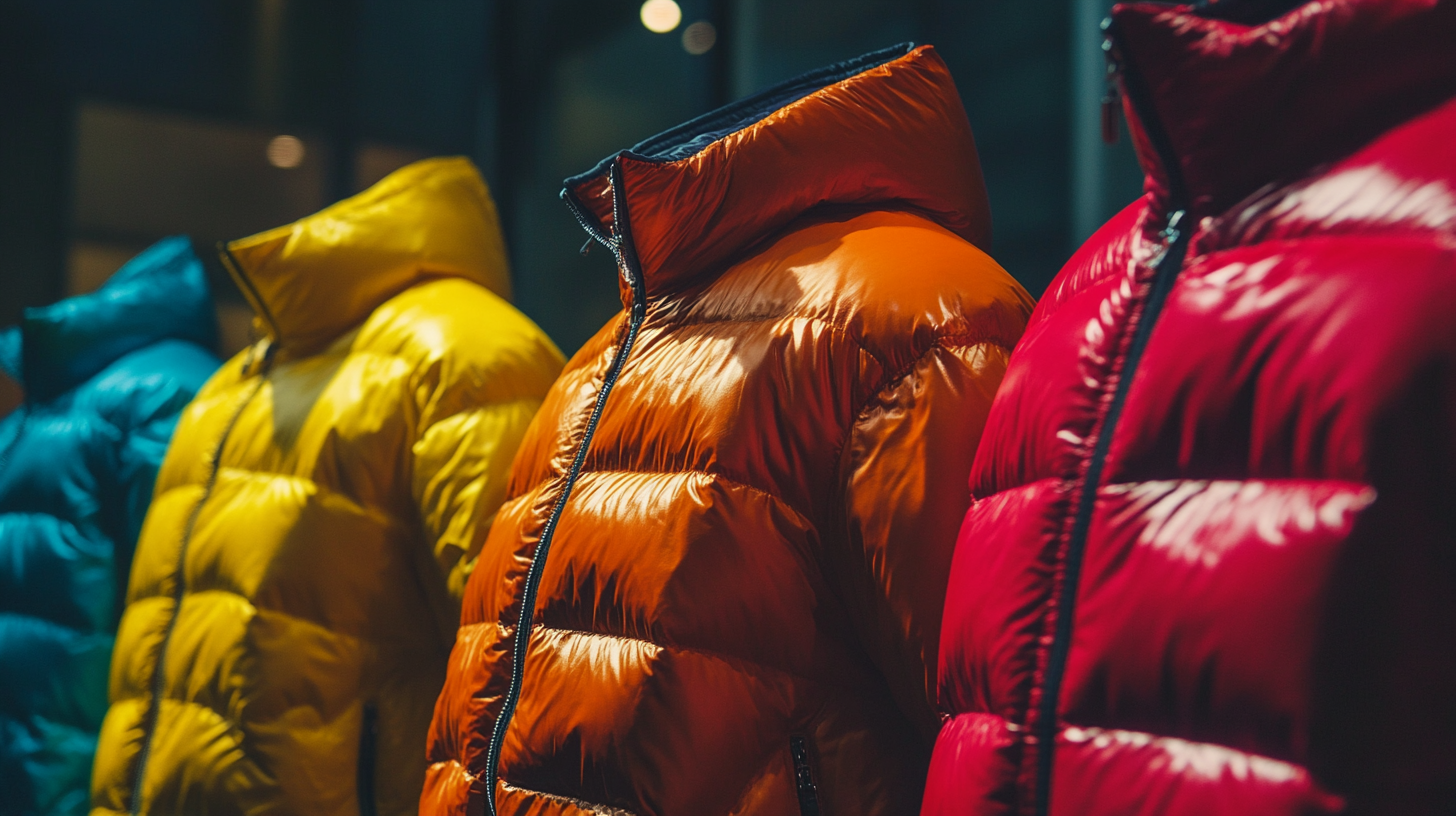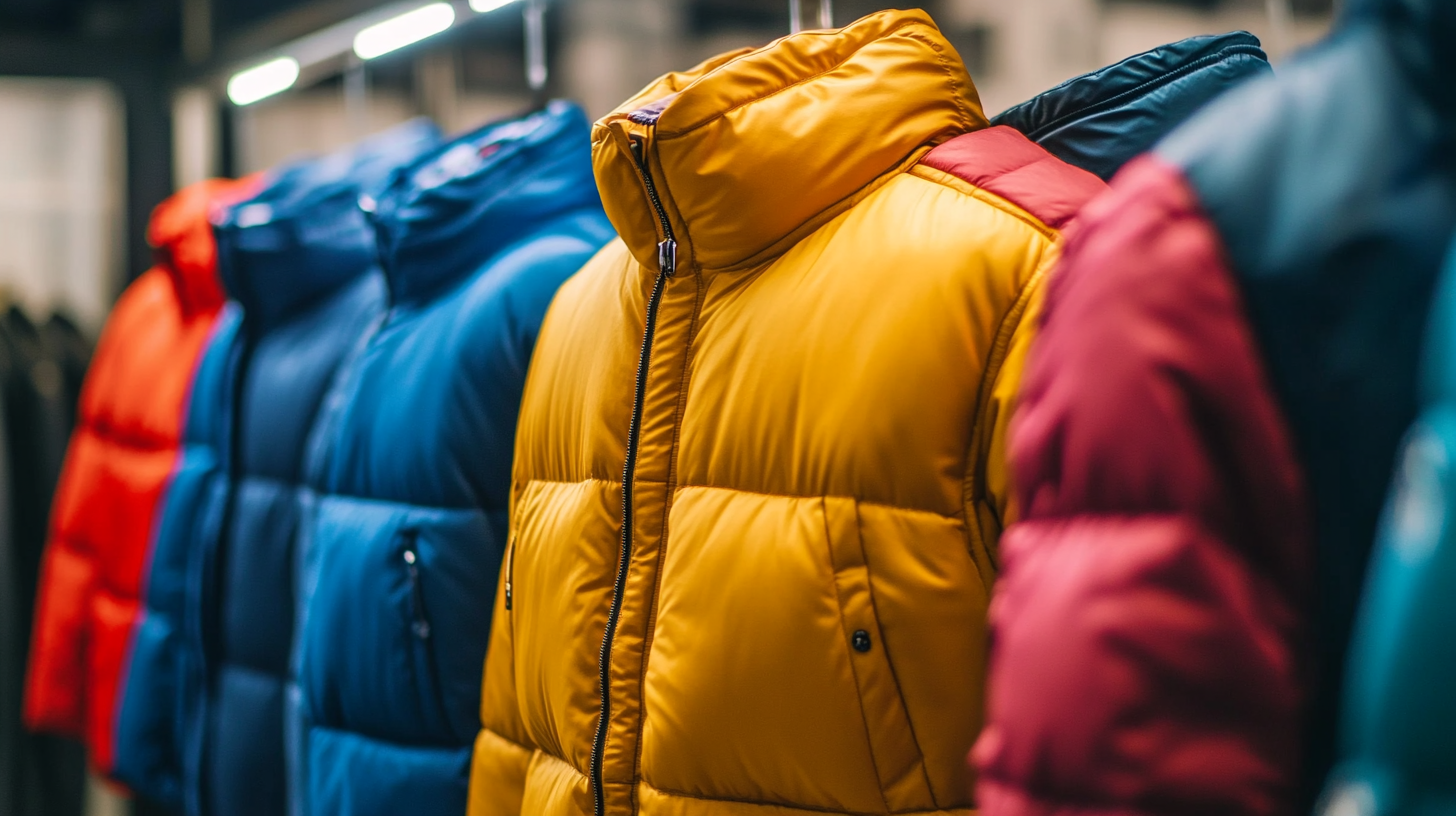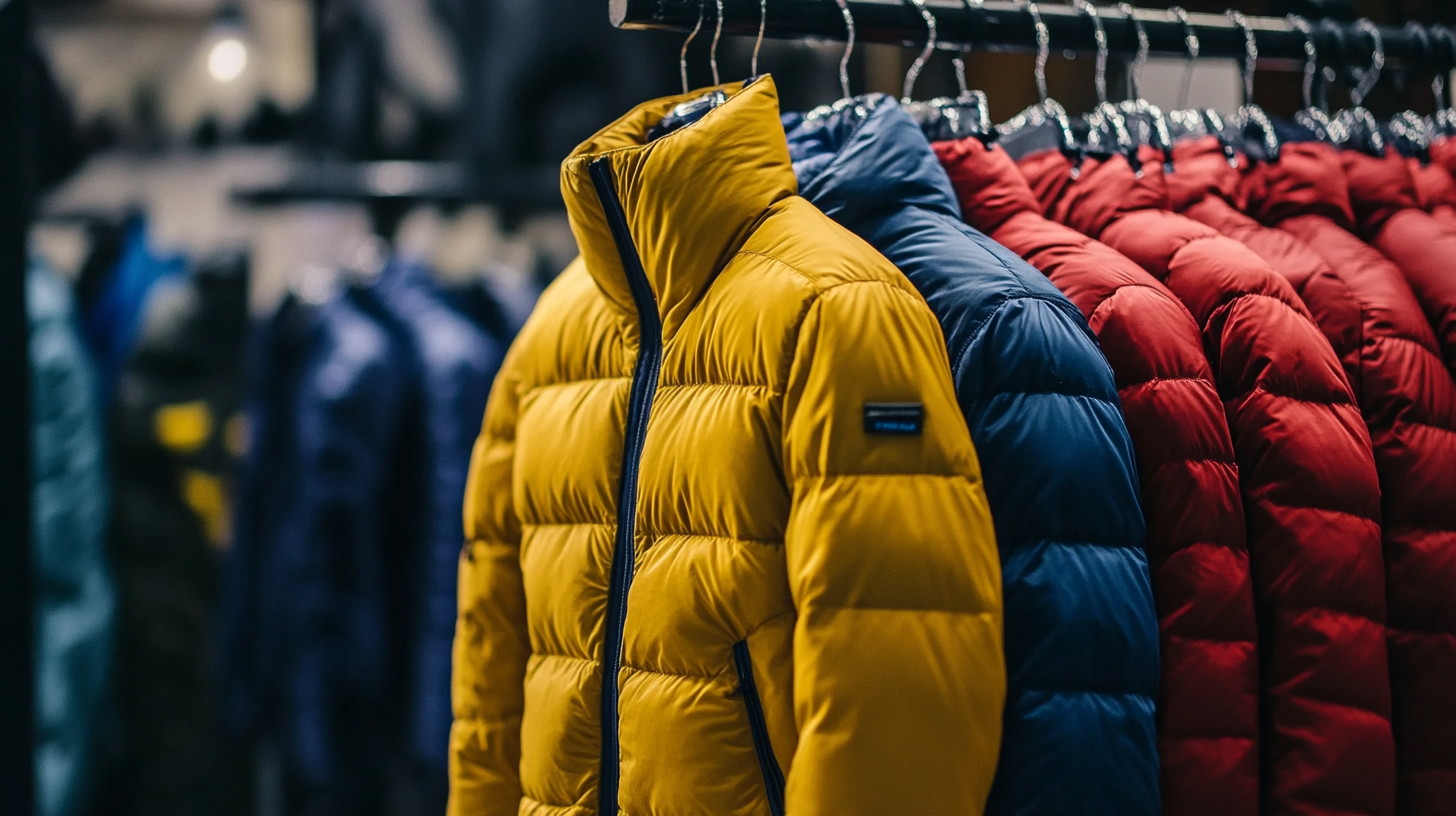In recent years, the global market for outerwear has seen exponential growth, with the puffer jacket segment emerging as a prominent player in the apparel industry. According to a report by Grand View Research, the global insulated jackets market is projected to reach USD 3.1 billion by 2025, with puffer jackets being a significant contributor due to their versatility and popularity among consumers. As sustainability becomes a pressing concern, the demand for manufacturers who can provide high-quality, eco-friendly production has intensified.
This ultimate guide aims to navigate the complexities of choosing the best puffer jacket for your sourcing needs, focusing on key aspects such as quality, ethical manufacturing, and market trends.

By understanding what to look for, you can make informed decisions that elevate your brand's offerings while meeting consumer expectations in an increasingly competitive marketplace.
 When selecting a puffer jacket for global sourcing, several key features must be considered to ensure quality and functionality. Firstly, insulation material plays a critical role. According to a report by Statista, the global market for insulated outerwear is projected to reach $1.6 billion by 2027, highlighting the demand for high-quality insulation. Both down and synthetic alternatives have their benefits; down offers superior warmth-to-weight ratios, while synthetic options provide moisture resistance and are often more affordable.
When selecting a puffer jacket for global sourcing, several key features must be considered to ensure quality and functionality. Firstly, insulation material plays a critical role. According to a report by Statista, the global market for insulated outerwear is projected to reach $1.6 billion by 2027, highlighting the demand for high-quality insulation. Both down and synthetic alternatives have their benefits; down offers superior warmth-to-weight ratios, while synthetic options provide moisture resistance and are often more affordable.
Additionally, weatherproofing is essential. Look for jackets with water-resistant or waterproof materials to protect against varying climates. A survey from the Outdoor Industry Association indicates that 60% of consumers prioritize waterproof features when purchasing outerwear, emphasizing the importance of this aspect. Furthermore, consider the environmental impact of your sourcing choices. Brands that utilize sustainable materials and ethical manufacturing practices are increasingly favored, with reports suggesting that eco-conscious consumers are willing to pay up to 20% more for sustainable products. By focusing on insulation, weatherproofing, and sustainability, organizations can make informed decisions that align with market trends and consumer preferences.
When selecting the ideal puffer jacket for global sourcing, understanding the essential materials that contribute to durability and comfort is crucial. Down insulation, often considered the gold standard, offers excellent warmth-to-weight ratio, making it a popular choice for many high-end brands. However, for those seeking vegan alternatives or enhanced durability in wet conditions, synthetic insulation such as Primaloft or Thinsulate can provide similar warmth without the maintenance concerns associated with down.
The outer fabric of a puffer jacket is another key element that influences both comfort and longevity. Look for materials like nylon or polyester, which are lightweight yet robust enough to withstand wear and tear. Additionally, features like water resistance or breathability, often achieved through advanced fabric technologies, can significantly enhance user comfort during varied weather conditions. Choosing the right combination of insulation and outer fabric will ensure that your puffer jacket meets the demands of both style and functionality in diverse environments.
| Material | Insulation Type | Water Resistance | Breathability | Weight | Durability |
|---|---|---|---|---|---|
| Nylon | Synthetic Insulation | High | Moderate | Lightweight | Highly Durable |
| Polyester | Down | Moderate | High | Medium Weight | Moderately Durable |
| Gore-Tex | Synthetic Insulation | Very High | High | Medium Weight | Highly Durable |
| Ripstop Fabric | Down/Synthetic Blend | High | Moderate | Lightweight | Very Durable |
When evaluating puffer jacket brands for quality and reliability, it is essential to consider several key factors that contribute to a jacket's overall performance. First and foremost, examine the materials used in the construction of the jacket. High-quality down insulation and durable outer fabrics are critical for ensuring warmth and protection against the elements. It's important to look for jackets that have passed rigorous testing against harsh winter conditions, as this will give you confidence in their durability and effectiveness.
Additionally, pay attention to the brand's reputation and customer feedback. Brands with a long-standing history of producing reliable outdoor gear are often the safest choice. User reviews can reveal real-world performance, especially concerning warmth, fit, and functionality in diverse scenarios. Consider the jacket's design details, such as adjustable hoods and cuffs, which enhance versatility. Ultimately, by thoroughly assessing these aspects, you'll be better equipped to select a puffer jacket that meets your global sourcing needs while ensuring quality and reliability for your winter adventures.
When delving into the world of puffer jackets, understanding price points is essential for global sourcing. The market is flooded with options, ranging from budget-friendly to high-end luxury. It’s crucial to assess what features you require in a jacket, such as insulation, water resistance, and design. Each factor can significantly influence the cost. For instance, jackets with down insulation typically carry a higher price tag due to their warmth and lightweight nature, while synthetic alternatives may offer similar warmth at a more accessible price.
To find the best value, consider sourcing directly from manufacturers who can offer competitive pricing without compromising quality. Look for bulk purchase options, as many suppliers provide discounts for larger quantities. Additionally, keep an eye on seasonal sales and outlet stores, as they often feature significant markdowns on last year’s styles. By taking the time to compare different suppliers and their offerings, you can strike a balance between quality and affordability, ultimately ensuring you make a sound investment in a puffer jacket that meets your needs and budget.
As global sourcing continues to evolve, puffer jackets are becoming a staple in both fashion and functionality. The latest trends have shifted focus towards sustainability, with many brands opting for eco-friendly materials and ethical manufacturing practices. Recycled polyester and organic fabrics are now at the forefront, appealing to environmentally conscious consumers. Innovations such as lightweight, packable designs not only enhance portability for travelers but also ensure comfort without sacrificing warmth.

In addition to sustainability, there’s a growing interest in customization and unique styling. Many brands are incorporating bold colors, unconventional patterns, and versatile silhouettes, catering to diverse consumer preferences. Smart technology is also making its way into puffer jackets, with features like temperature regulation and built-in insulation systems that adapt to varying climates. As you navigate your sourcing options, keeping an eye on these trends will ensure that you select apparel that meets the demands of today's market while also standing out in quality and design.